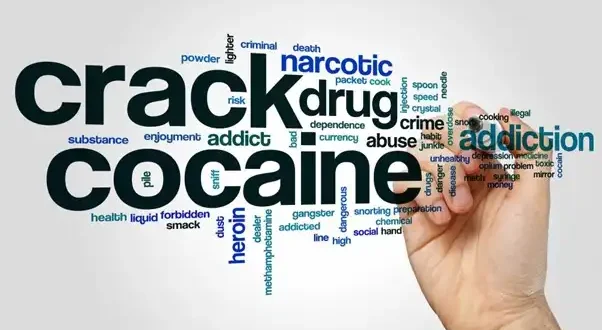In the world of illicit drugs, the terms cocaine and crack are often used interchangeably, but is this accurate? What are the real distinctions when it comes to cocaine vs crack? The two substances, while closely related, have unique effects and risks attached to their use.
It’s crucial to understand these differences for the sake of education or if seeking treatment options. But what makes each of these drugs unique? And how do they affect users differently? This guide aims to clarify these points, exploring the effects, risks, and various treatment options available for those affected.
The Basics: What Is Cocaine and Crack?
Cocaine and crack are both derived from the coca plant, but they differ in their form and method of ingestion. Cocaine usually comes in a fine white powder that can be snorted or dissolved in water and injected.
A crack is a solid crystal that is typically smoked through a pipe. This difference in form and administration leads to varying effects and risks for users.
Effects of Cocaine Use
Cocaine is a powerful stimulant that affects the central nervous system, producing intense feelings of euphoria and elevated energy levels. These effects can last anywhere from 15 minutes to an hour, depending on the method of ingestion.
Other common effects include increased heart rate, heightened senses, and decreased appetite. Yet, with repeated use, the euphoric effects may diminish while the negative side effects can become more pronounced.
Risks of Cocaine Use
While cocaine may produce pleasurable effects in the short term, it also comes with several risks. Some of the most common include heart problems such as high blood pressure and irregular heart rate, respiratory issues like shortness of breath and coughing, as well as severe mood swings and aggressive behavior. Continued use can also lead to addiction, which is a chronic and relapsing brain disease.
Effects of Crack Use
Crack is a more potent form of cocaine that has been processed into crystal form. It makes it easier to smoke and produces a quicker, more intense high compared to cocaine.
Users report an immediate rush of euphoria and heightened alertness that can last for up to 10 minutes. Yet, this is often followed by a crash and intense cravings for more.
Risks of Crack Use
Because crack is a highly concentrated form of cocaine, it carries an increased risk of negative side effects. Some of the most common include heart problems, seizures, and respiratory issues. Regular use can cause permanent damage to organs such as the lungs, liver, and kidneys.
Treatment Options
For those struggling with cocaine or crack addiction, there are several treatment options available. These may include:
- Therapy
- Support groups
- Medication-assisted treatment programs
It’s vital to seek out professional help and support to overcome addiction and manage any potential withdrawal symptoms or cravings. Additionally, it’s crucial to get more information about fentanyl, as it is a highly potent opioid that poses significant risks and can be involved in drug mixtures.
Discovering the Difference Between Cocaine vs Crack
The cocaine vs crack debate elucidates the unique effects and risks associated with each drug. Both pose health risks, but it’s crucial to note that the social implications vary.
Crack usage is often associated with more severe social stigma. It can exacerbate the hardships of those seeking help. Raising awareness and fostering understanding about these differences is a critical step toward drug education and effective treatment options.
Did you find this article helpful? If so, check out the rest of our site for more informative content about health.
 SlushWeb Bringing Facts to Light
SlushWeb Bringing Facts to Light



